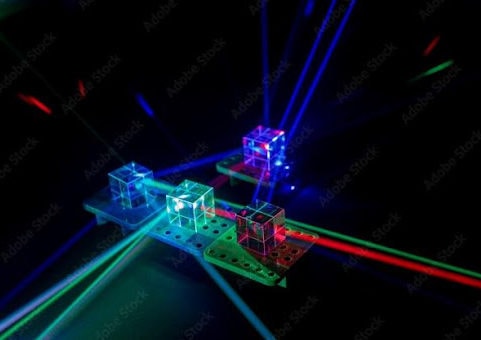
Suppliers
Color Filter Glasses Suppliers
-
Schott
-
Kopp
-
Hoya
-
Isuzu
Optical Glasses Suppliers
-
Corning
-
Schott
-
OHara
-
Pilkington
How Do Neutral Density Filters Impact Custom Optical Components?
Neutral density (ND) filters are optical components widely used in custom optics and photography to uniformly reduce the intensity of light without altering its color properties. These versatile filters play a crucial role in exposure control, enabling photographers and cinematographers to manage lighting conditions by adjusting shutter speed and aperture, allowing for creative effects like motion blur and shallow depth of field in bright environments. They are also valuable in balancing exposures in high-contrast scenes and facilitating long exposure and astrophotography. In custom optics, ND filters provide precise control over light intensity, finding applications in scientific and industrial settings where controlled exposure is critical. Custom ND filters can be tailored to specific optical systems, ensuring accurate light management for research, measurement, and imaging needs.
Optical Coatings Substrates
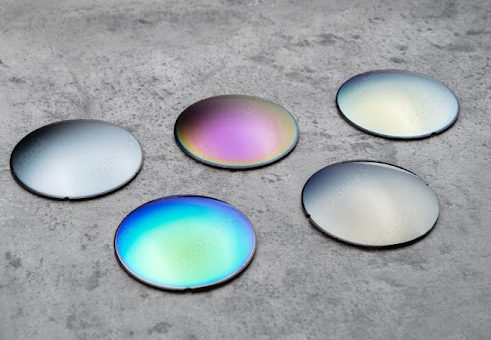
Five key substrates are considered: BK7, ideal for general optics; Pyrex, suited for UV and high-temperature applications; Borofloat, chosen for industrial and thermal stability; Plate Glass, a cost-effective solution; and Fused Silica, perfect for UV and laser applications. Essential factors for consideration include wavelength range, thermal requirements, cost-effectiveness, and application-specific environmental factors. Sterling Precision meticulously assesses these variables to align substrate selection with their unique optical performance and budgetary requirements.
What Are Optical Windows?
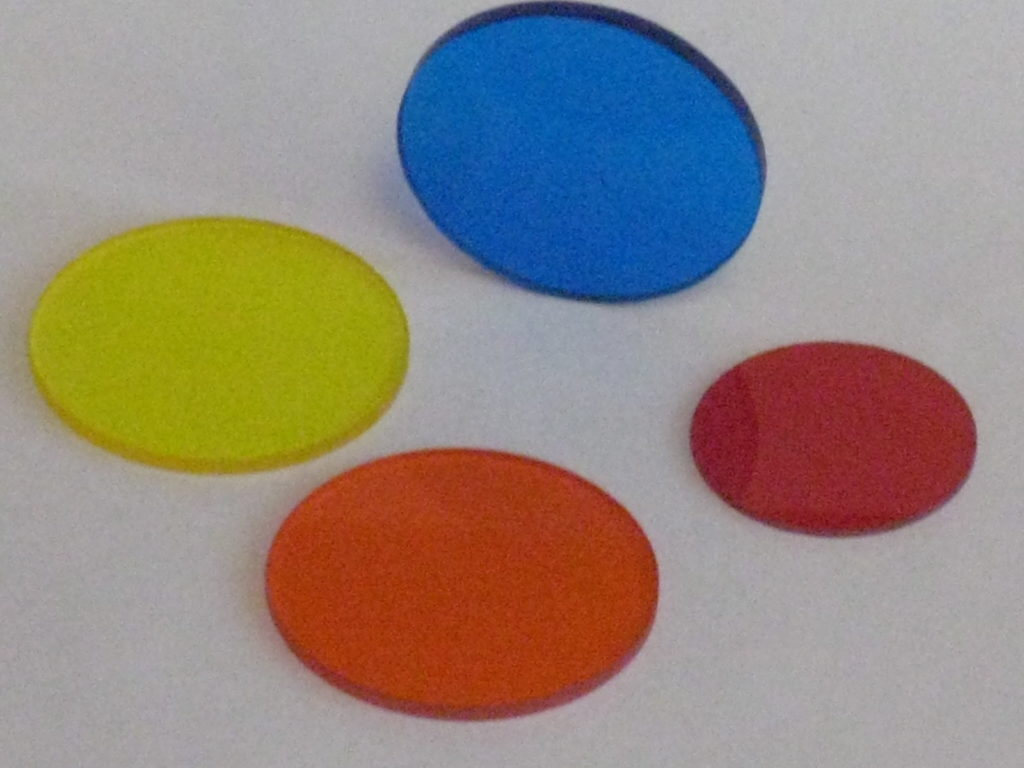
Optical windows are transparent or translucent components or materials that allow the passage of light while protecting sensitive optical systems or instruments from environmental factors. These windows are typically made from various materials with specific optical and mechanical properties to meet the requirements of different applications in optics and photonics.
Common materials used for optical windows include optical glasses (e.g., BK7, fused silica), sapphire, quartz, and various optical polymers. The choice of material depends on factors such as the required optical properties, spectral range, cost constraints, and environmental conditions in the intended application. Contact us for more information.
What Are Hot and Cold Mirrors?
Hot and cold mirrors are specialized optical components used in optics and photonics to separate or combine visible and infrared (IR) light based on their spectral properties. They are commonly used in various optical systems, including cameras, microscopes, spectroscopy, and laser applications.
Both hot and cold mirrors play essential roles in various optical applications, helping to manage the distribution of light across the electromagnetic spectrum, and they are engineered to meet specific spectral requirements for each application.
Note: The terms "hot" and "cold" refer to the behavior of these mirrors with respect to IR and visible light. A hot mirror is "hot" because it reflects/block IR (making it "hot" by letting visible light pass), while a cold mirror is "cold" because it reflects/block visible light (making it "cold" by allowing IR to pass).

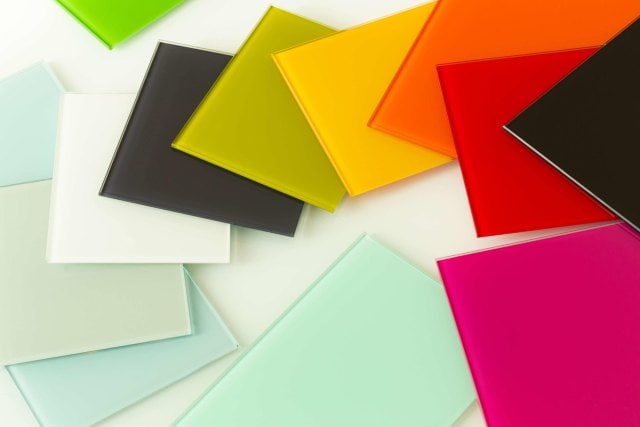 CUSTOM OPTICAL FILTERS
CUSTOM OPTICAL FILTERS
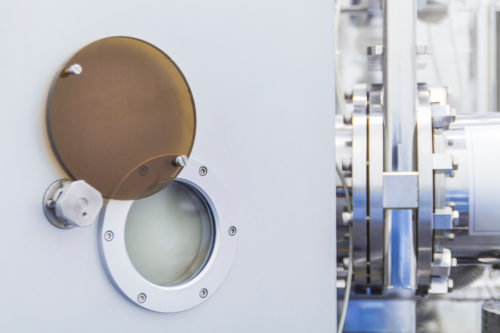 OPTICAL WINDOWS
OPTICAL WINDOWS
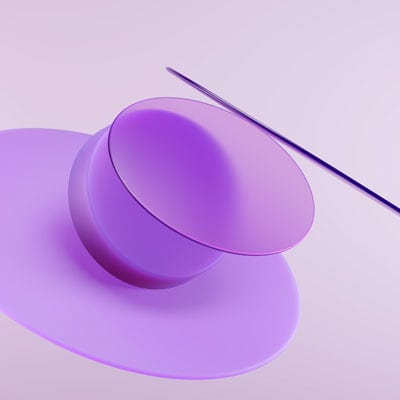 UV OPTICS
UV OPTICS
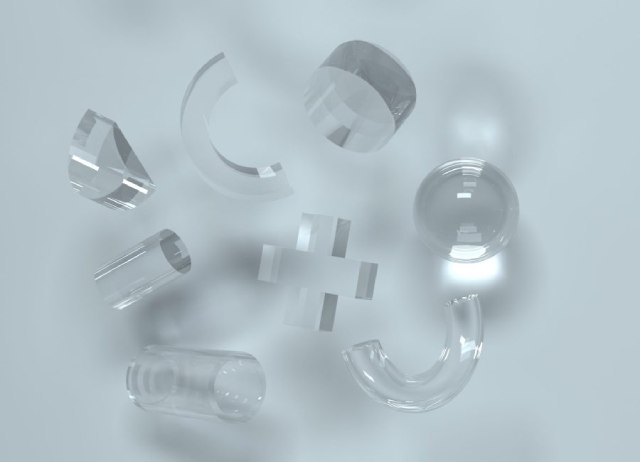 CYLINDRICAL OPTICS
CYLINDRICAL OPTICS
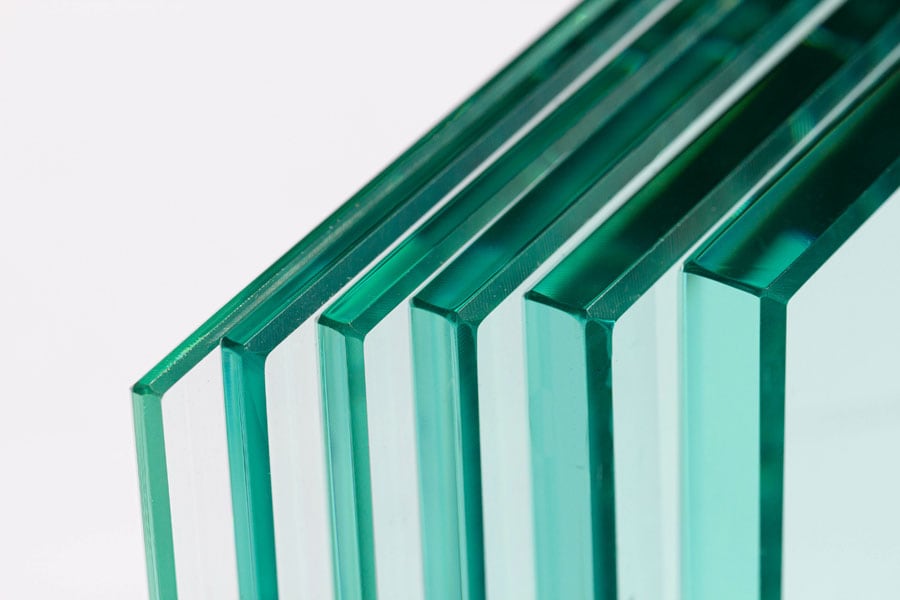 CUSTOM TEMPERED OPTICS
CUSTOM TEMPERED OPTICS
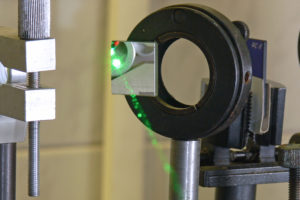 OPTICAL MIRRORS
OPTICAL MIRRORS
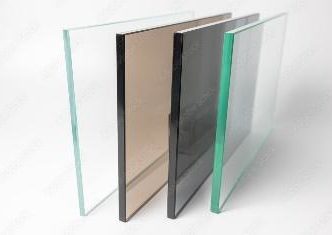 NEUTRAL DENSITY
NEUTRAL DENSITY
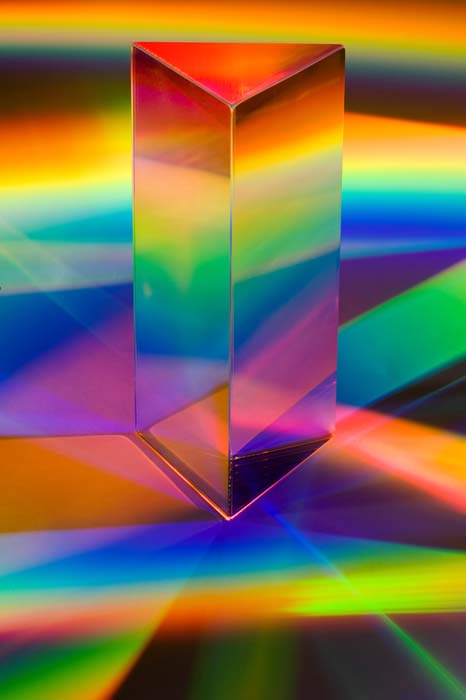 PRISMS & RETROREFLECTORS
PRISMS & RETROREFLECTORS
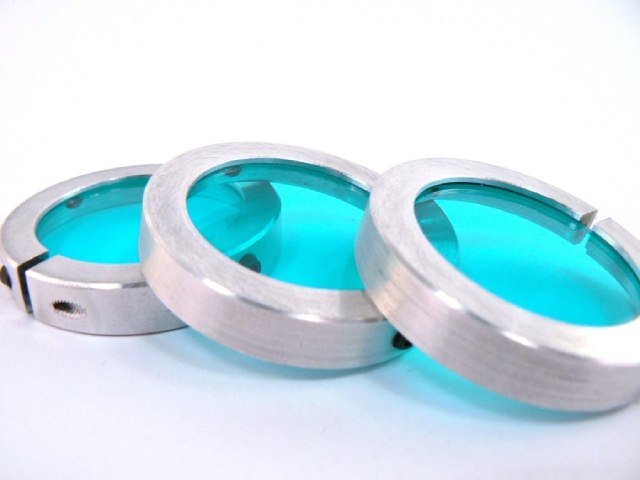 ASSEMBLIES
ASSEMBLIES
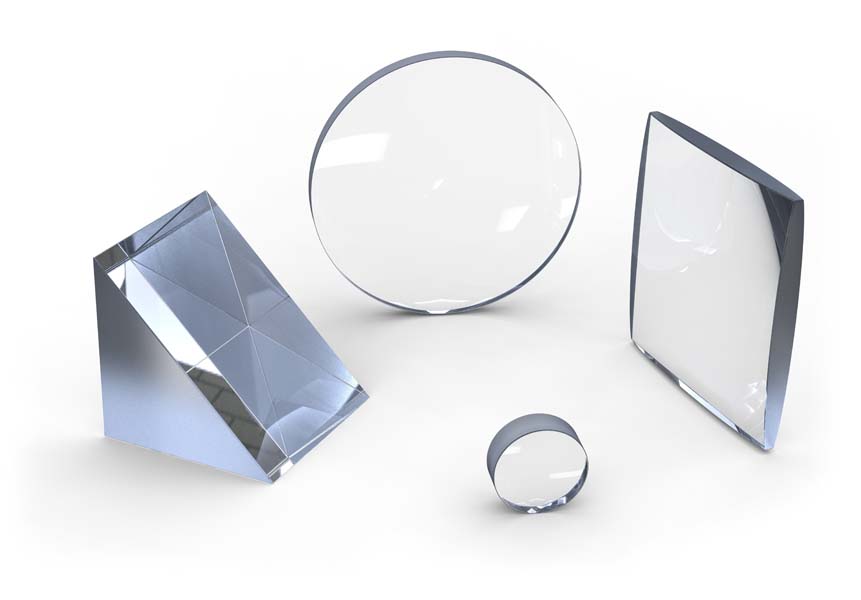 OPTICAL LENSES
OPTICAL LENSES
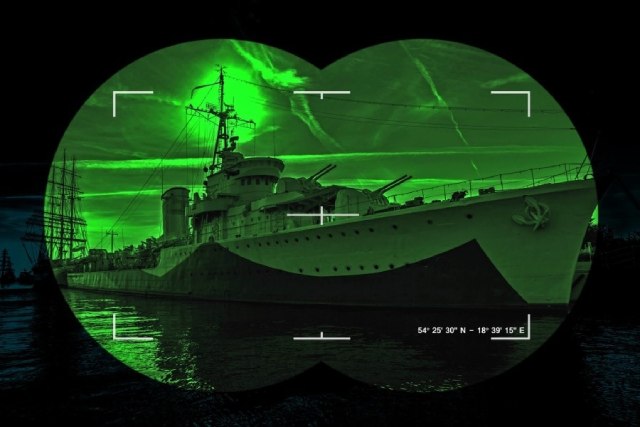 NIGHT VISION FILTERS
NIGHT VISION FILTERS
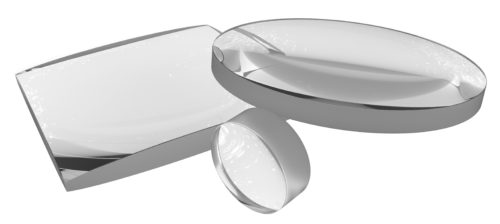 ACHROMATIC LENSES
ACHROMATIC LENSES
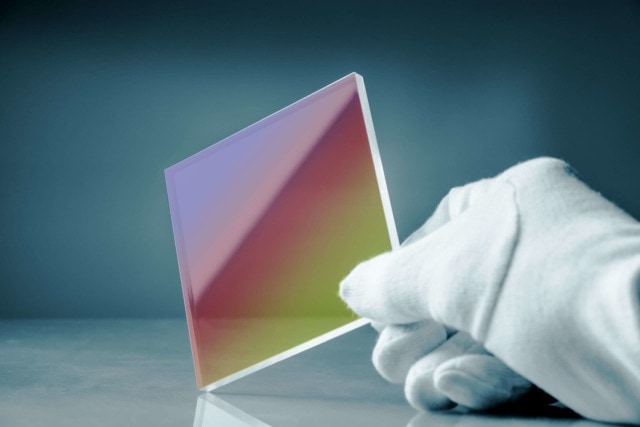 OPTICAL BEAM SPLITTERS
OPTICAL BEAM SPLITTERS